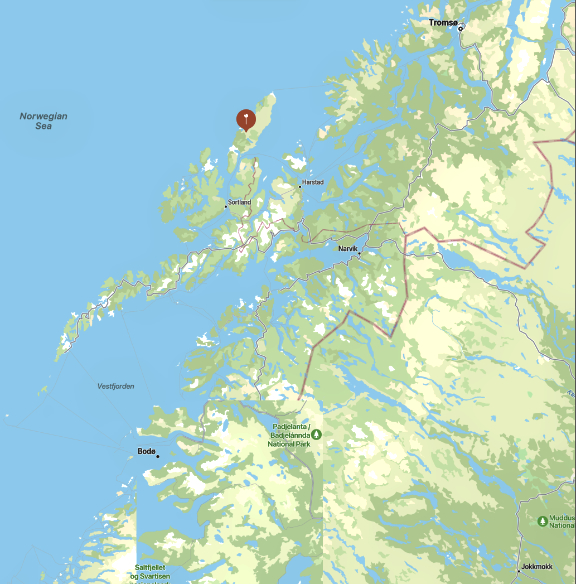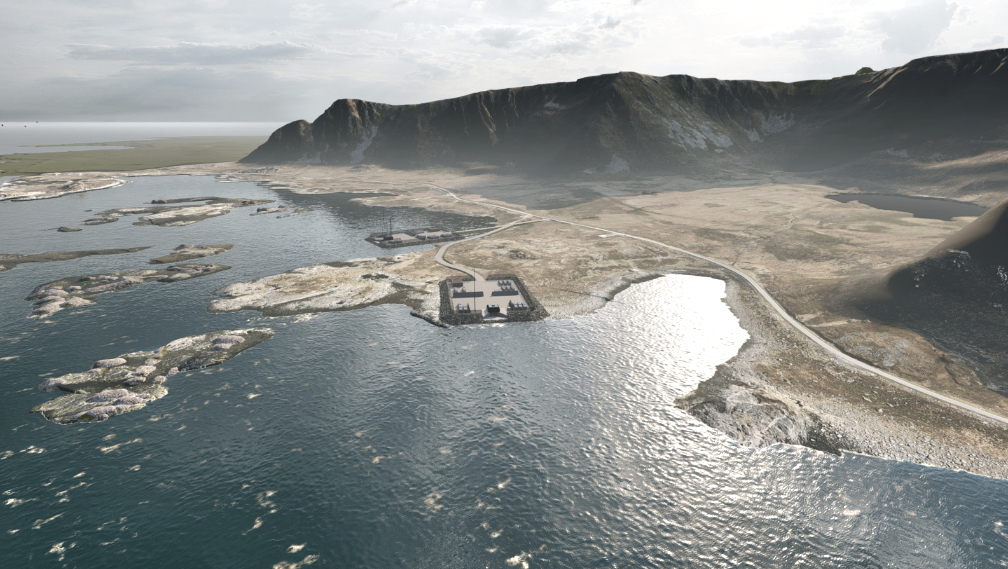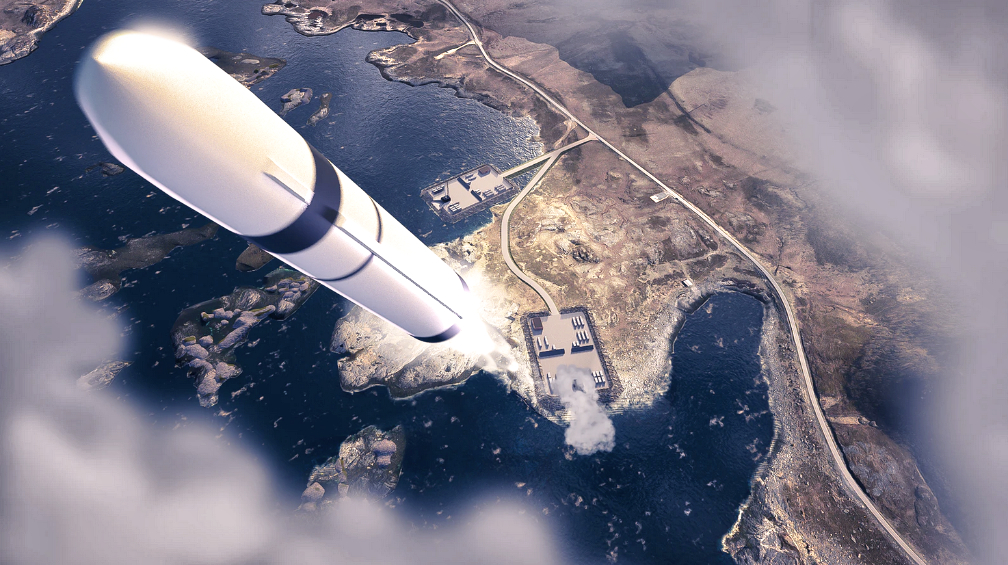
Since the early 1960s, research rockets have been sent into the Earth’s atmosphere from Andøya, Norway. Now, the Norwegian Government has given the green light to take steps to start new space adventure in the country.

A new spaceport will be built 30 miles south of the existing rocket launch site on Andøya where rockets can lift smallsats into orbit around the Earth. Andøya Space has extensive experience with launching rockets to research atmospheric phenomena and is now taking this additional step into space.
To be able to lift a satellite into orbit around the earth, larger rockets, higher speeds and more space are required than is necessary for a small research rocket. That is why a separate spaceport on Nordmela, Andøya, is being built. The first launch is planned for the second half of 2022. Andøya has both the experience and the geography needed to establish a spaceport.
First, this is where the Norwegian space adventure began. In August 1962, the Ferdinand 1 rocket was launched from Andøya, just five years after the world’s first Sputnik satellite was launched. Since then, more than 1,200 rockets have been launched from Andøya to make atmospheric measurements on behalf of organizations such as NASA. There is already a strong competence environment when it comes to rocket launches, information gathering and security around these activities on Andøya.

Secondly, Andøya has a number of geographical advantages: Andøya is ideally located in the far north of Vesterålen, with large sea areas and relatively little nearby air traffic. This means far safer rocket launches, with larger margins if something should happen to go wrong during launch. Both polar and sun-synchronous orbit can be reached from Andøya.
Traditionally, it has been extremely expensive and time-consuming to build satellites; however, in step with technological development, it has been possible to reduce satellite size and price. Smaller satellites mean lighter rockets and lower costs for launching them into orbit, plus the demand for launch sites is increasing.
When satellites become less expensive to build, more people will make them. There is a queue of satellites waiting for a free space on the large rockets that are being launched.
Traditionally, the owners of these smallsats are unable to select where in space their satellite will end up, or when they will be lifted into orbit. They have to hitchhike with larger satellites and then follow them. Therefore, a market has emerged for launching smallsats into space with relatively small launch vehicles. Then the satellite owners can decide for themselves when and where the satellites will go into orbit.
Norway is one of the great powers in shipping and, early on, used satellite communication to keep in touch with the merchant navy. Today, it is almost inconceivable not to have access to position data from satellite navigation satellites, and modern weather forecasts are almost impossible to create without weather satellites.
The revolution with smallsats means that there are new types of satellites that help all on a more personal level. Networks are expanding and broadband in a cabin via satellite can now be offered without such having to cost an arm and a leg. Experiments are being made to make satellites function as virtual base towers for mobile phones, and solutions are being developed to allow transport companies to keep track of trucks and containers in real time via satellite.
A space port on Andøya will provide jobs in the region, be a boost for the entire Norwegian space sector as well as meet the needs and capabilities of Europe. Locally on Andøya, the establishment will be of great importance, and be a contribution to restructuring and renewal.

